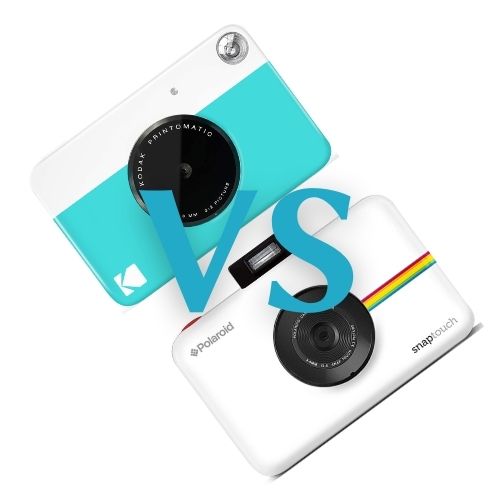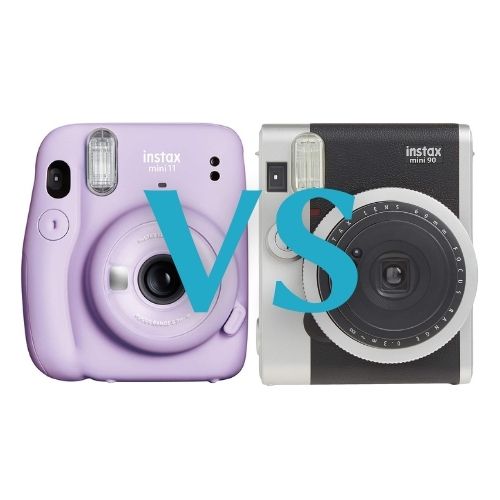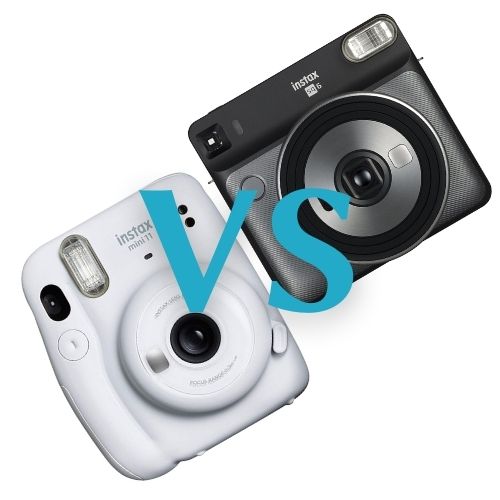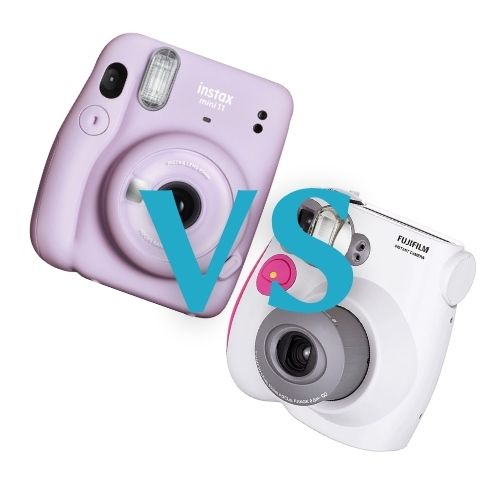
While most people would rather use their smartphones when taking pictures because of convenience, there are also those who prefer to be more traditional. Nonetheless, this does not mean having to carry bulky cameras and deal with complicated settings. Instead, this means using an instant camera with prints available in an instant. There’s a different kind of joy in seeing a photo printed instead of just having a digital copy.
If you are thinking of buying an instant camera, the options are endless. To help you decide, read this Kodak Printomatic vs Polaroid Snap comparison and we’ll help you decide. Let’s talk about two of the best products that should be on your radar!
Overview
Both Kodak Printomatic and Polaroid Snap are instant cameras relying on Zero Ink technology. This means that you can print in full-color without ink, toner, film, or ribbon cartridges. Both will print photos in a film with adhesive backing, which means that you can stick it almost anywhere! Get creative in using your pictures for decorating! They also almost have the same quirky and stylish shape.
Size
An instant camera is almost always bigger than a smartphone but smaller than a regular camera. They are lightweight and compact, so bringing them anywhere is not a problem.
For the Kodak Printomatic, the dimensions are 1 x 4.83 x 3.11 inches. This makes it slightly larger than the Polaroid Snap, which has dimensions of .98 x 4.72 x 2.95 inches. More so, Kodak Printomatic weighs 7.05 ounces. This is a bit lighter compared to Polaroid Snap with a weight of 7.52 ounces. As you can see, the two are almost similar in terms of their size and weight.
Resolution
When choosing an instant camera, the resolution is one of the most important technical specifications to consider. It affects the overall image quality. This is expressed in megapixels. The higher the megapixel, the better is the quality of the photo.
Between the two, Polaroid Snap has a higher resolution at 10 megapixels. This means that the picture, once printed, will appear less pixelated. In contrast, a Kodak Printomatic only has 5 megapixels.
Lens
As you evaluate the lens of an instant camera, one thing that you should understand is the aperture. It is considered one of the three pillars of photography. It is the opening in the lens at which the light passes through, which affects how bright or dark the shot comes out. This refers to the pupil of the lens. It affects both exposure and depth of field.
The aperture is described as an f stop, which is expressed a f then followed by a certain number. The smaller the number, the larger is the aperture. Kodak Printomatic has a wide-angle lens with an aperture of f/2. Meanwhile, a Polaroid snap has an aperture of f/2.8, so the two models are almost the same.
Picture Modes
If you want an instant camera that comes with more picture modes, then you should go for a Polaroid Snap. There are six built-in picture modes, allowing you to experiment with different shots and be more creative. In contrast, with Kodak Printomatic, there are only two modes available – colored and black and white.
Flash
Shooting in a low-light environment? Then there’s no need to worry! Both the instant cameras we are comparing in this guide have built-in flash. This will provide supplemental lighting to make the shots brighter. However, as it is common with instant cameras, the flash isn’t as bright as what you would expect in a conventional or full-featured camera.
Prints
There is no notable difference between the quality of the prints that are made by both the camera. They are both using 2 x 3-inch films. They will both be ready in under a minute. Plus, they have an adhesive backing, which means that you can stick them almost anywhere you want to. With Polaroid, there is an option to print retro photos for a vintage feel. You can also choose a classic print with border.
Memory
One of the best things about the two cameras is that they both come with an expandable memory, allowing you to save the photos in a digital format aside from the prints. They both have a MicroSD slot to support expandable memory of up to 32 GB. This means that you can easily transfer and share the photos you have taken on your social media pages and other electronic channels if you don’t want them on print.
Battery
Both of the cameras have a rechargeable lithium-ion battery, so you can enjoy convenience and affordability. On average, both of their batteries can make up to 25 shots per charge. They are also both inclusive of a charging cable when purchased.
Screen
Kodak Printomatic and Polaroid Snap do not have a digital screen where you can preview the photo as they are shot and before they are printed. Nonetheless, they have an optical viewfinder. This is where you can have a preview of the subject before shooting.
Design
In terms of design, the two are almost the same. They have a vintage-inspired rectangular look. They are available in a variety of colors, which is a great way to express your personality. The main difference is that in Polaroid Snap. The optical viewfinder is in the form of a pop-up button located in the middle of the camera. In Kodak Printomatic, it is on the upper right side.
Conclusion
So, now that you reached the end of this Kodak Printomatic vs Polaroid Snap comparison, we hope that it is now easier for you to decide. As noted above, the two have almost the same weight and size, as well as design. They also both have a built-in flash, which will come handy when you are shooting in low-light environments. Plus, they have lithium-ion batteries and expandable memory up to 32 GB. The main difference between the two is that Polaroid Snap has a higher resolution of 10 megapixels and has more shooting modes. In contrast, Kodak Printomatic only has two shooting modes and 5 megapixels.










